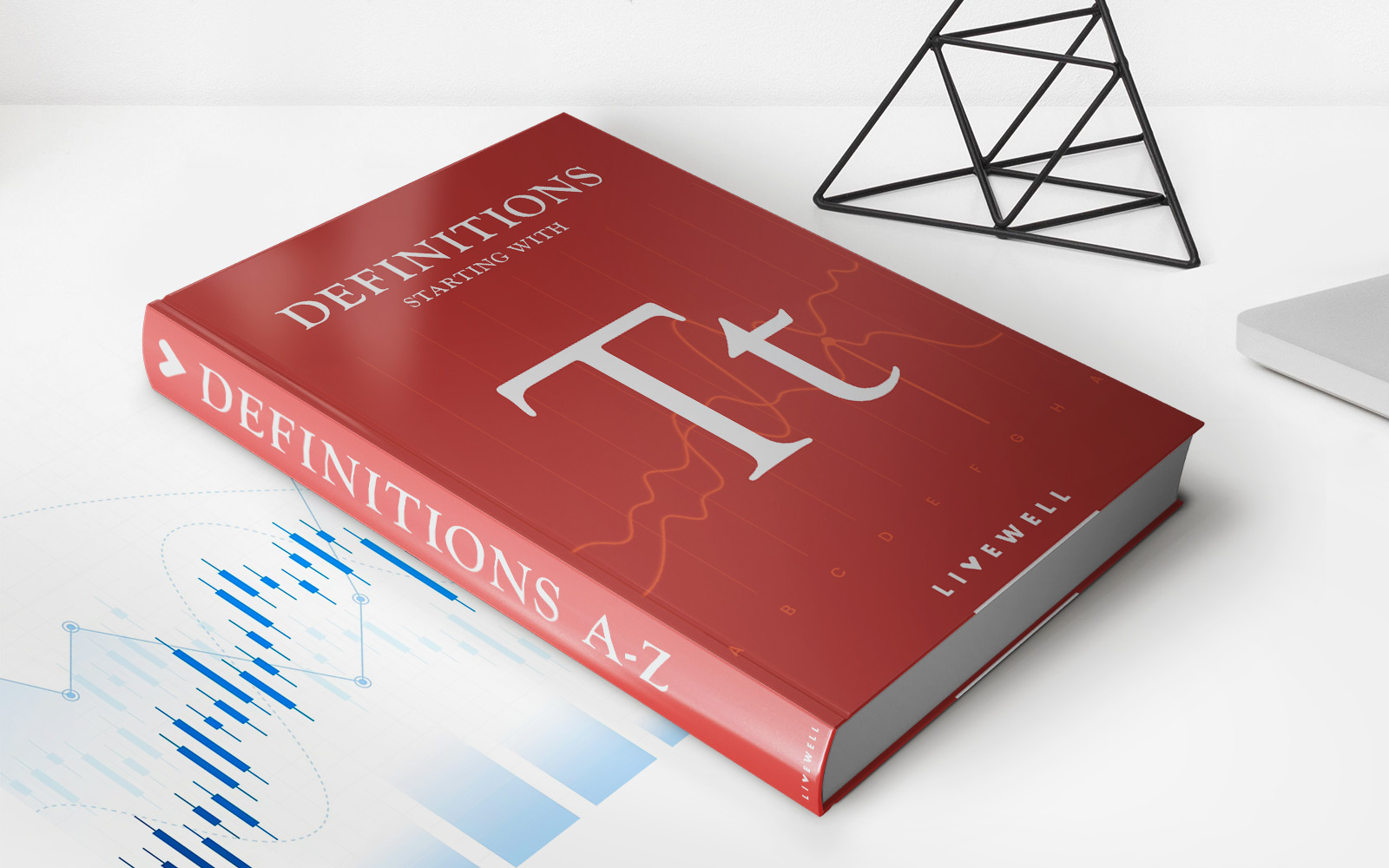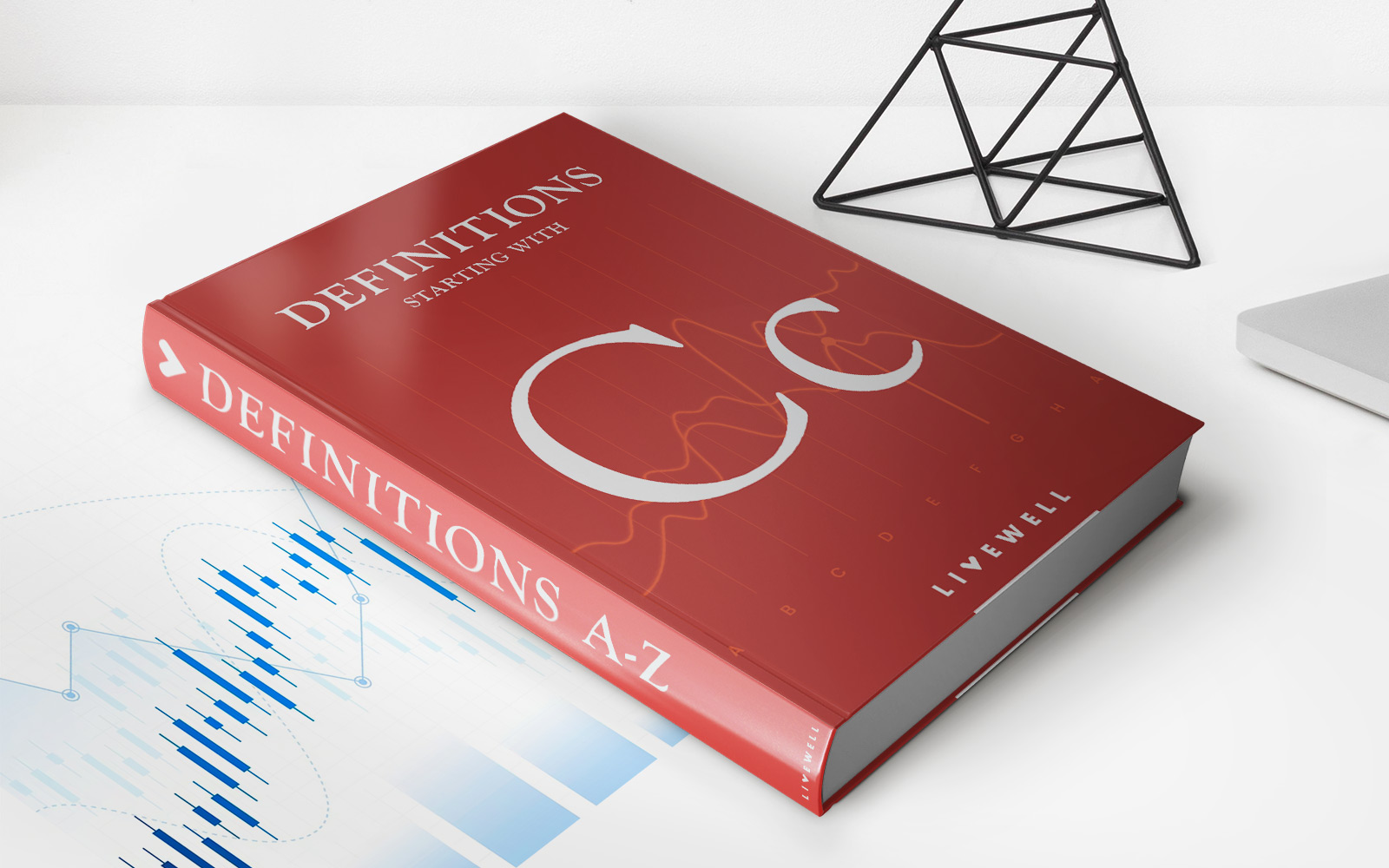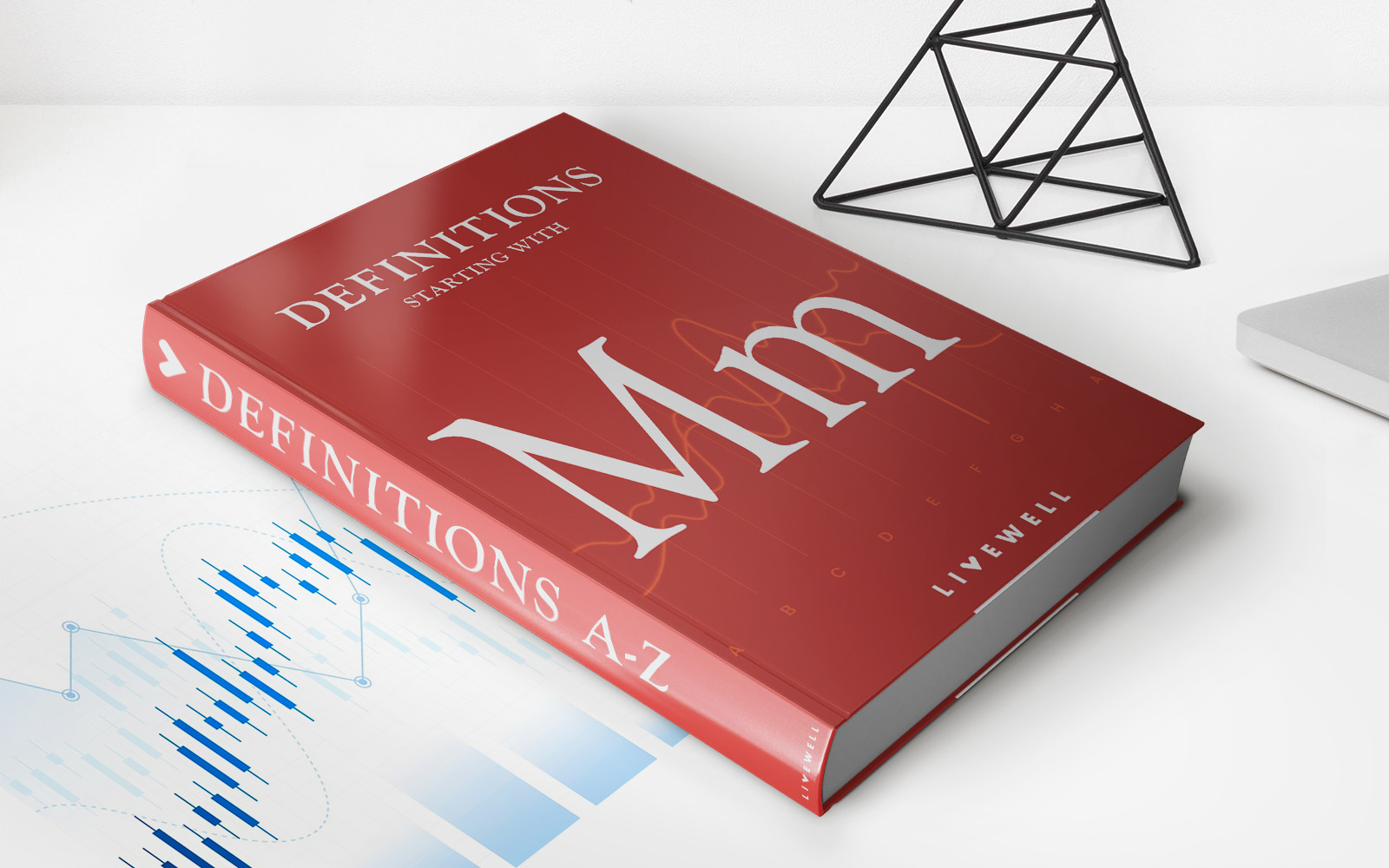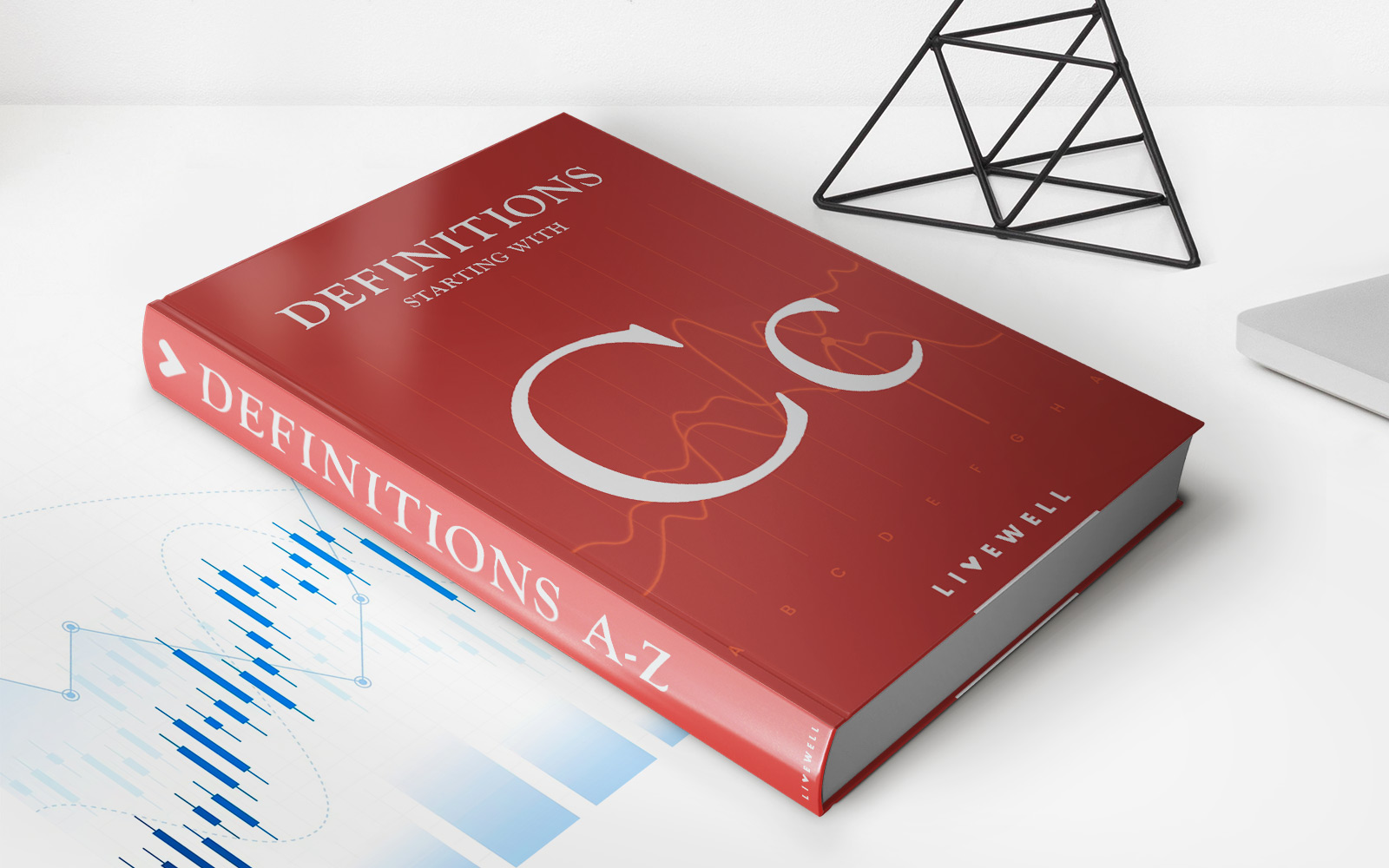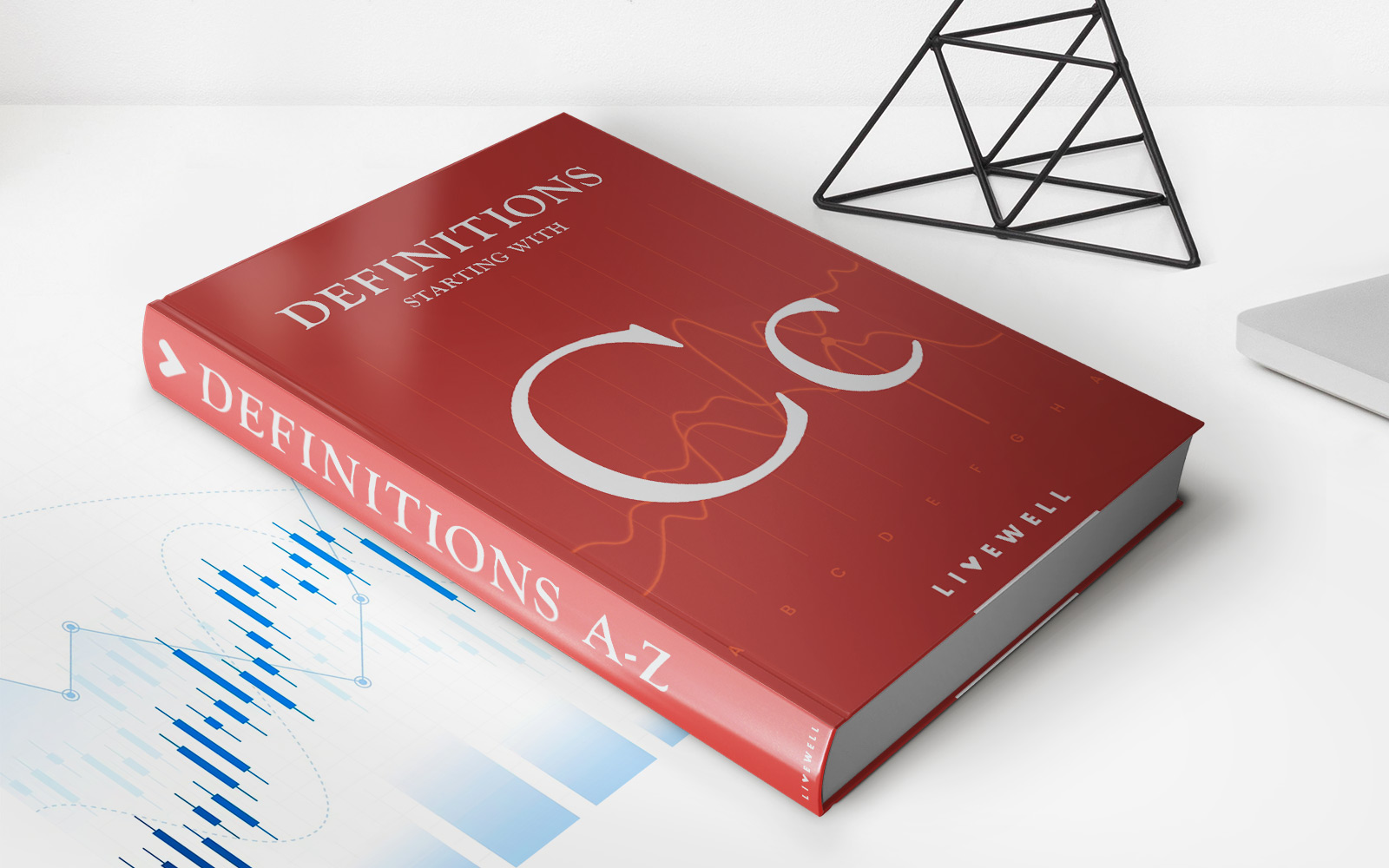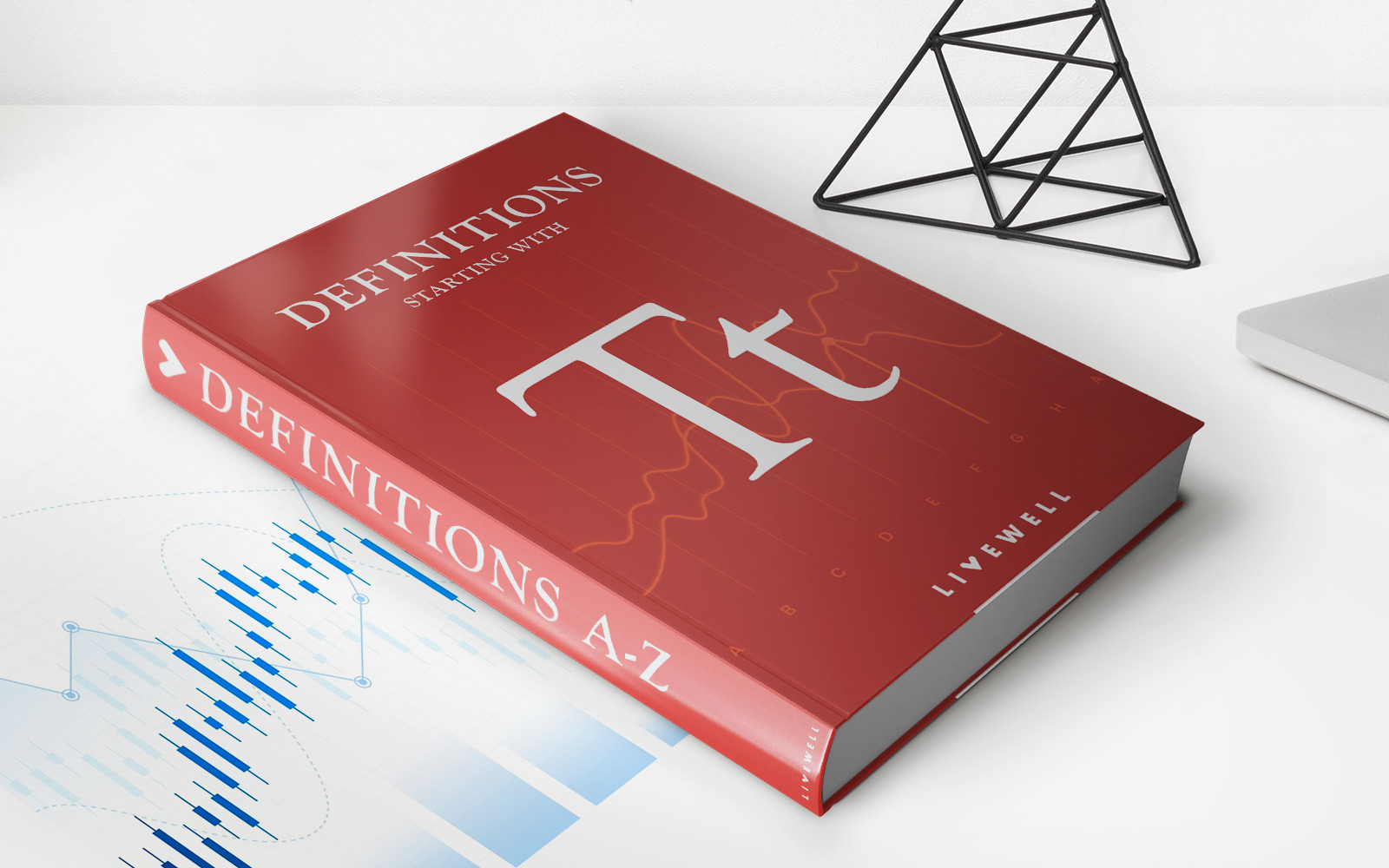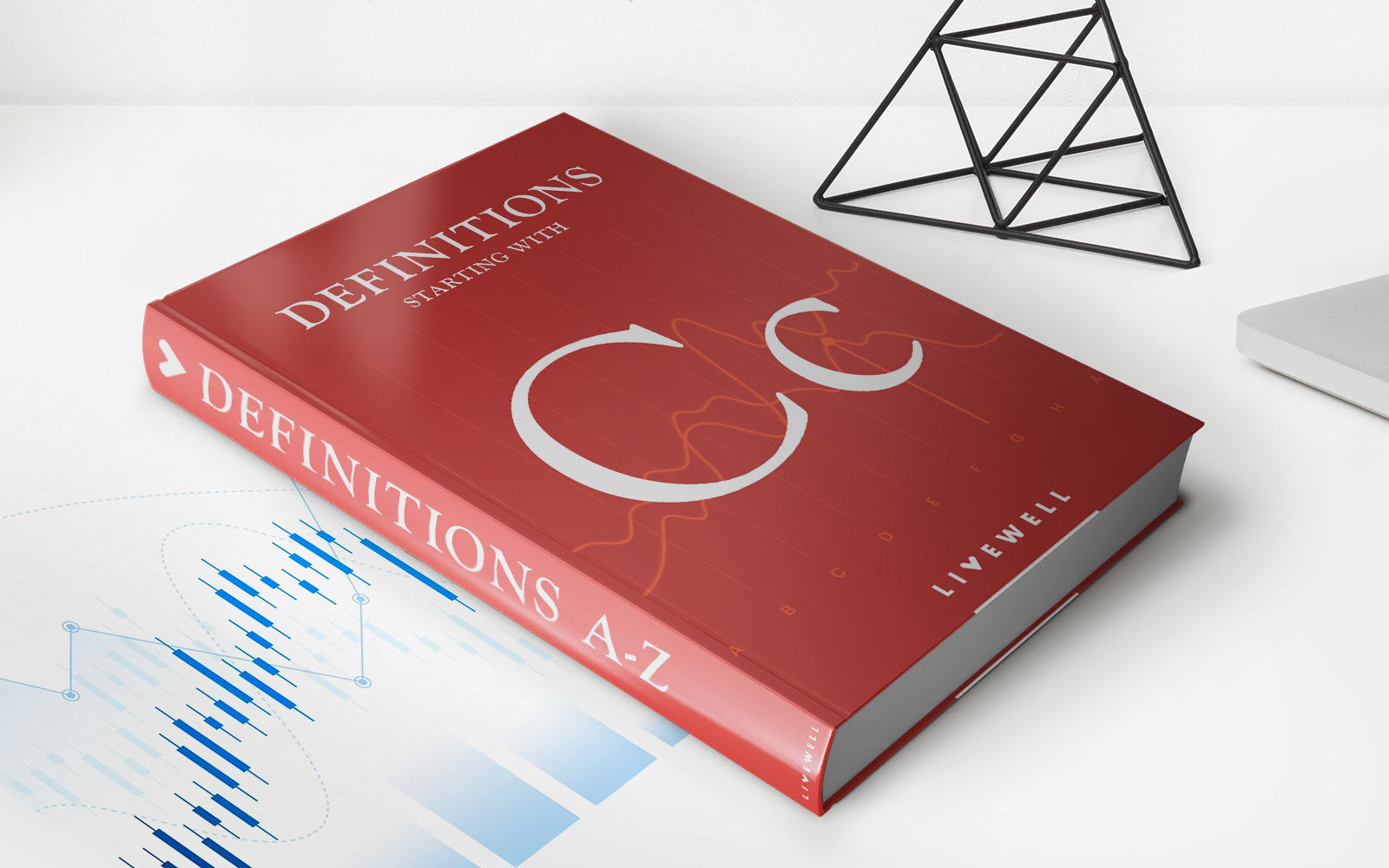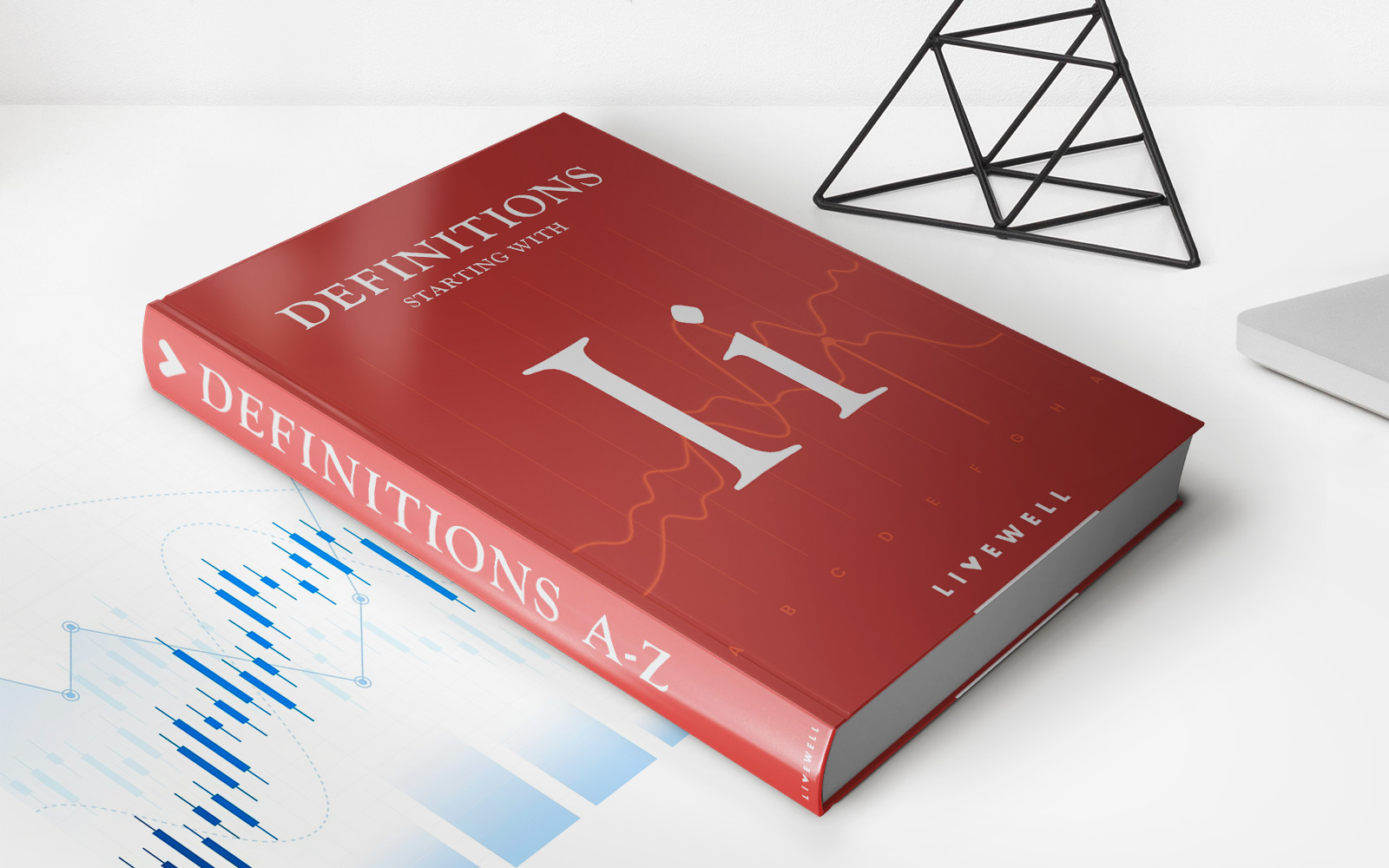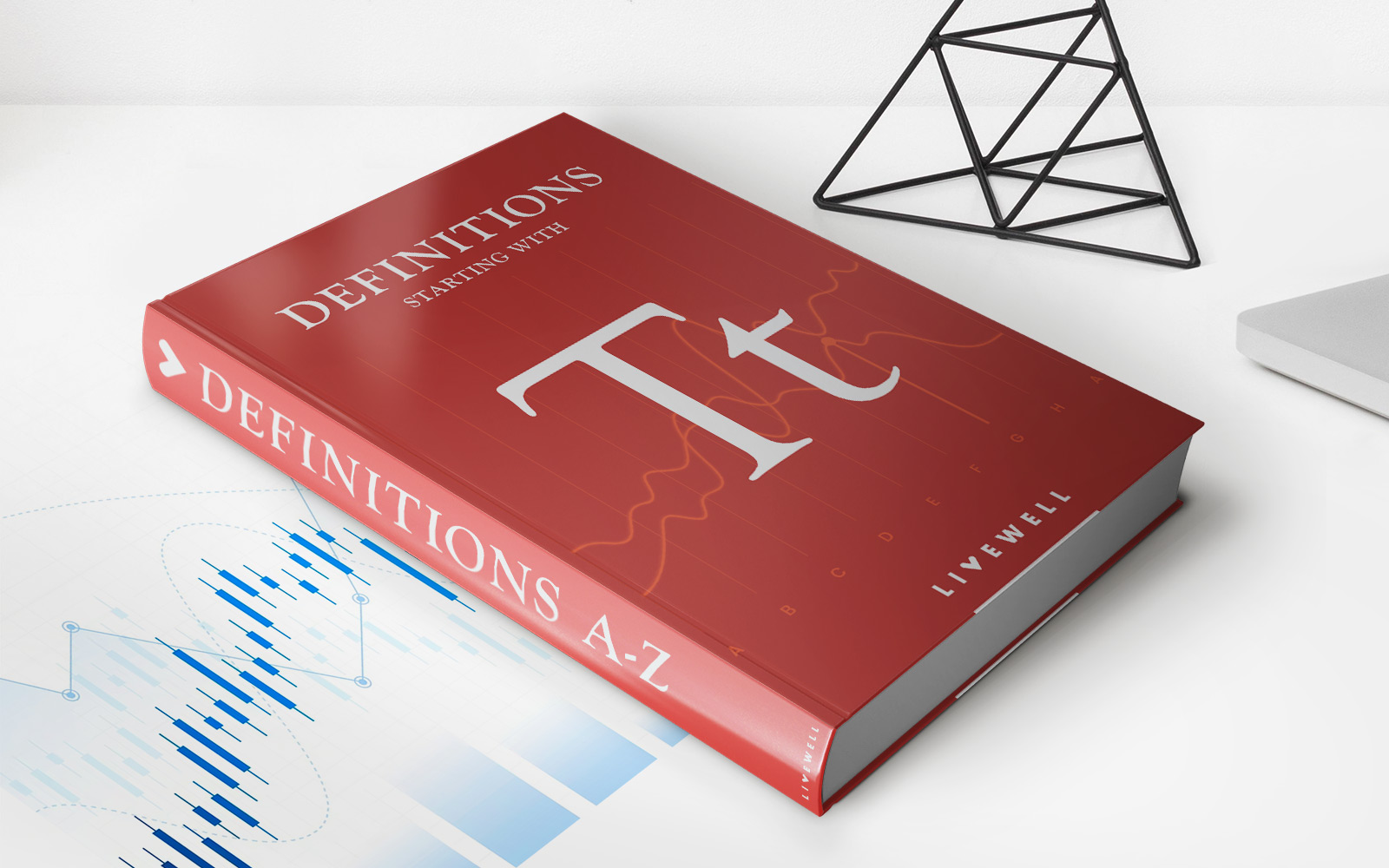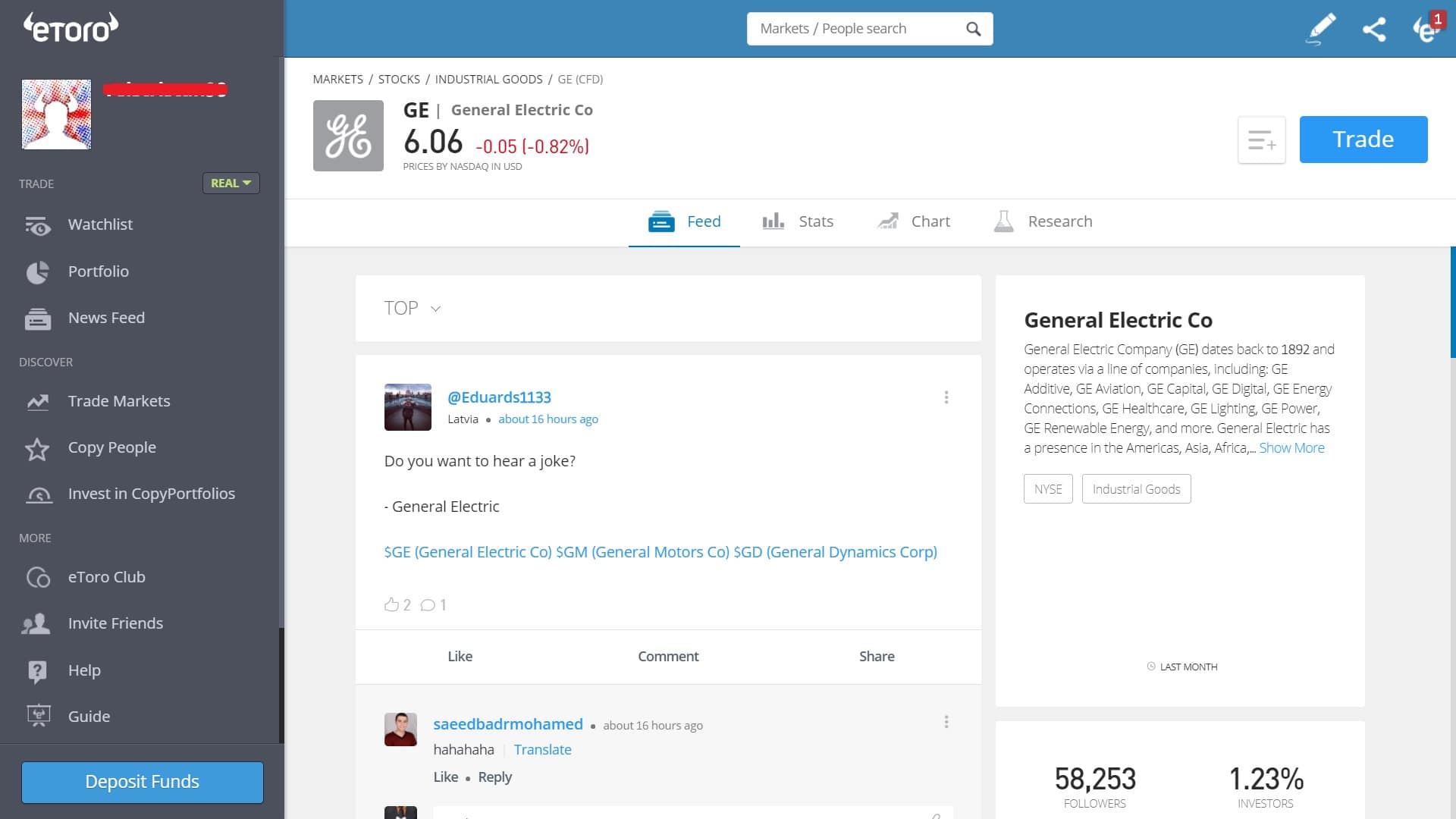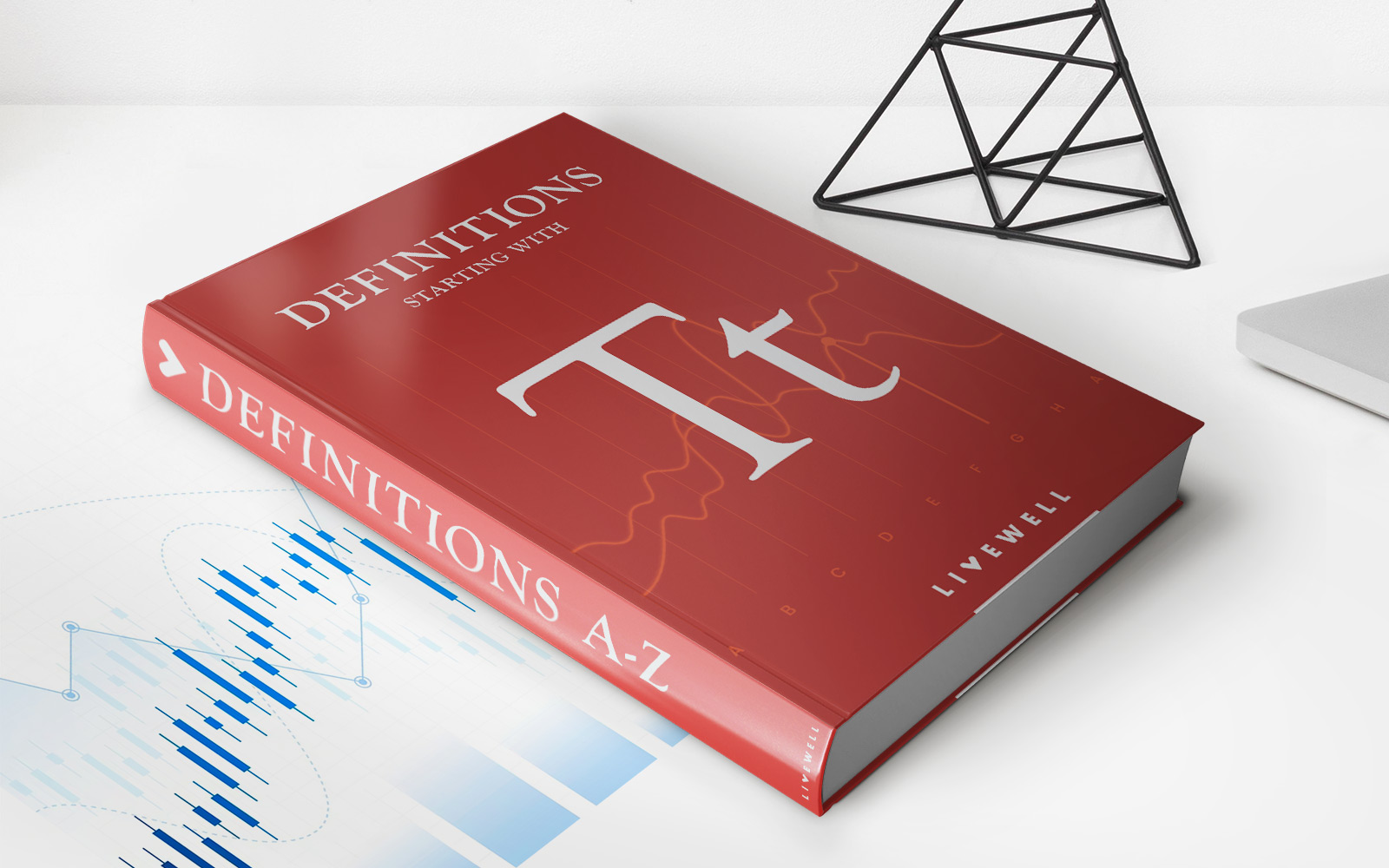

Finance
Triangular Arbitrage: Definition And Example
Published: February 11, 2024
Learn about triangular arbitrage in finance with a clear definition and practical example. Discover how this strategy can be used in the financial markets.
(Many of the links in this article redirect to a specific reviewed product. Your purchase of these products through affiliate links helps to generate commission for LiveWell, at no extra cost. Learn more)
Triangular Arbitrage: Definition and Example
Welcome to our Finance category blog post! Today, we’ll be diving into the fascinating world of triangular arbitrage. If you’ve ever wondered how traders can make profits by exploiting slight differences in currency exchange rates, then you’re in the right place. In this article, we’ll explore the concept of triangular arbitrage, provide an example to help you visualize it better, and discuss its importance in the financial markets.
Key Takeaways:
- Triangular arbitrage is a trading strategy that takes advantage of exchange rate discrepancies between three different currency pairs.
- Traders execute a chain of trades in multiple markets to profit from these pricing discrepancies.
But first, let’s define what triangular arbitrage is exactly. Triangular arbitrage occurs when an opportunity arises to make a risk-free profit by taking advantage of differences in exchange rates between three different currency pairs. It is based on the principle that the exchange rates between two currencies are interconnected through a third currency. This creates the potential for mispricing.
To understand how triangular arbitrage works, let’s consider a hypothetical example:
Imagine there are three currencies: USD (US Dollar), EUR (Euro), and GBP (British Pound). The exchange rates between these currencies are as follows:
- 1 USD = 0.85 EUR
- 1 EUR = 0.75 GBP
- 1 GBP = 1.20 USD
Now, let’s say a trader notices an opportunity for arbitrage. They could perform the following sequence of trades:
- The trader exchanges 1 USD for 0.85 EUR.
- They then exchange the 0.85 EUR for 0.6375 GBP (0.85 * 0.75).
- Finally, they convert the 0.6375 GBP back into USD, resulting in 0.765 USD (0.6375 * 1.20).
By following this chain of trades, the trader would have effectively turned 1 USD into 0.765 USD, making a profit of 0.015 USD or 1.5%.
Triangular arbitrage is an important concept in the financial markets because it helps to maintain currency exchange rates in equilibrium. As traders exploit pricing discrepancies, they effectively force the exchange rates back into alignment. This contributes to market efficiency and ensures that prices reflect the true value of currencies relative to each other.
To summarize, triangular arbitrage is a trading strategy that allows traders to profit from discrepancies in currency exchange rates. By executing a sequence of trades between three different currencies, traders can take advantage of pricing inconsistencies. This trading technique is an integral part of maintaining market efficiency in the forex industry.
We hope this article has given you some insights into the world of triangular arbitrage. If you have any further questions or want to delve deeper into this fascinating topic, feel free to explore our other articles or reach out to us. Happy trading!
